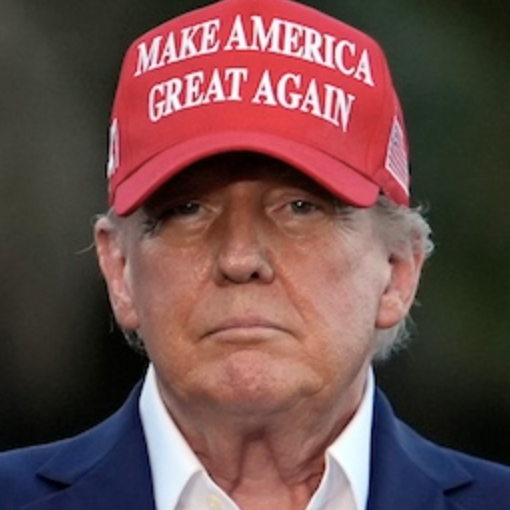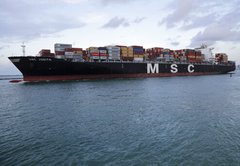Add a 60% tariff on goods from China
Donald Trump
Asked about whether he would impose tariffs of 60% on Chinese goods, he said, “Maybe it’s going to be more than that.”
MAGA-Meter: Trump's Second Term

Promise Kept



